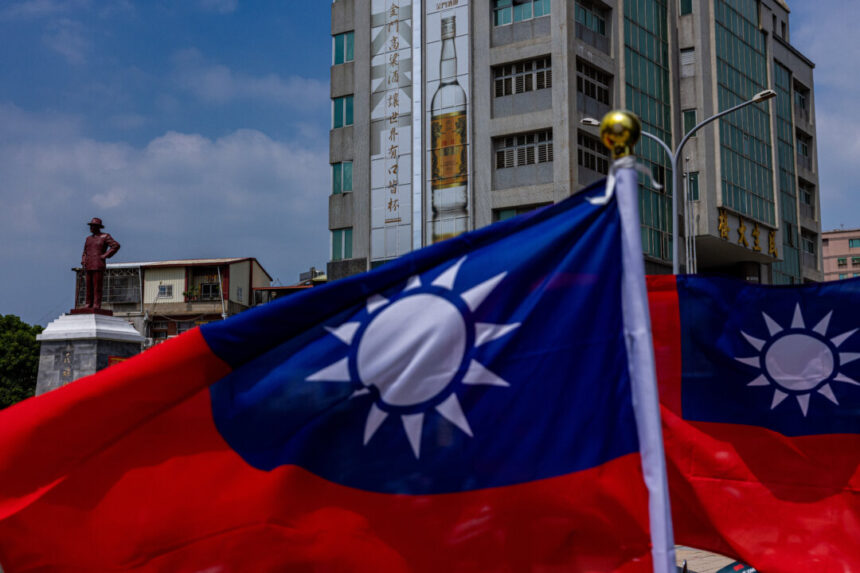Commentary
Taiwan appears to be following in the footsteps of American, European, and Japanese businesses in diversifying away from China.
Similar to these other economies, Taiwan’s robust business community is shifting its investments, trading, and sourcing away from China towards Southeast and South Asia, with some investments even going to the United States. This trend is likely causing concern in Beijing, especially at a time when China’s economy is struggling and needs the support that Taiwanese businesses have historically provided.
Unlike the more vocal rejections of China by the United States, the European Union, and Japan, Taiwan has taken a more discreet approach due to diplomatic considerations. While these other countries have openly expressed hostility towards China through trade bans, tariffs, and other measures, Taiwan’s actions speak volumes without the need for overt statements.
The reasons driving these economies away from China are largely the same. For years, China was seen as an attractive destination for production due to low costs and reliability. However, rising wages in China, disruptions during the pandemic, and increased intrusiveness from Beijing have eroded these advantages. As a result, businesses across the globe are reevaluating their relationships with China.
Taiwan’s trade with China has been declining steadily, while its trade with Southeast Asia is on the rise. Investment flows from Taiwan to China have also decreased significantly, with more investments now flowing into Southeast Asian countries. This shift not only poses economic challenges for Beijing but also raises security concerns as Taiwan strengthens its ties with other Asian nations.
Overall, Taiwan’s pivot away from China is a significant development with far-reaching implications. It not only impacts the economic landscape but also shifts the geopolitical dynamics in the region. Beijing’s response to this changing reality will be closely watched by the international community.
Views expressed in this article are opinions of the author and do not necessarily reflect the views of The Epoch Times.
Please rephrase the provided text.
Source link





